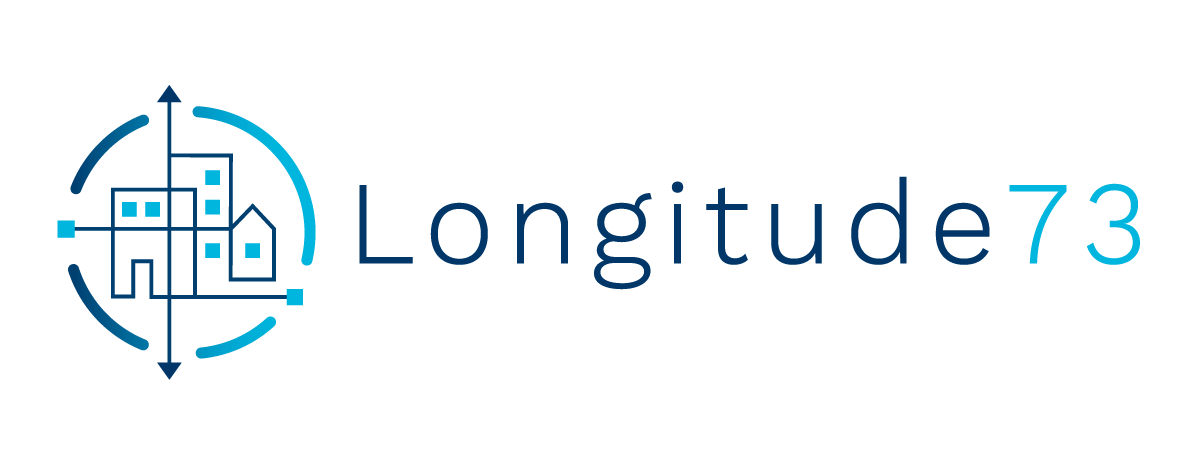With the overwhelming amount of e-mails and advertising (web, TV, radio, you name it) that we’re exposed to each and every moment, it’s no surprise that more people are choosing to “check out.”
The amount of advertising messages that the typical consumer is hit with clocks in at an average of 10,000 per day. 10,000! And that number keeps growing.
The truth is though, we don’t much like being interrupted. And now, consumers have tools to opt out from that constant barrage.
Want proof?

- 94% unsubscribe from email shortly after accepting
- 69% bounce from a site when served an “interruptive” ad
- 94% of all consumers skip television ads, most or all of the time*
- 37% throw away direct mail before reading it
- 61% are on the national “Do Not Call” registry
Consumers have served marketers an ultimatum: “Be relevant and provide some value — or get outta here!”
Technology To The Rescue (Kind Of….)
To respond to this exodus, marketers have leveraged technology in the form of programmatic and its derivatives, like Dynamic Content Optimization (DCO) and Creative Management Platform (CMP). These platforms personalize programmatic and direct advertising, based on data about the viewer and their location at the moment of ad serving.
- DYNAMIC CREATIVE OPTIMIZATION: DCO creates personalized ads/content in the moment, based on data about the viewer. It references a person’s browsing history, like products they’ve recently viewed or added to a shopping cart, to generate ads in real time.
- CREATIVE MANAGEMENT PLATFORM: CMP is a sort of “central control,” where digital creative can be produced, distributed and measured across various channels. It’s considered an efficient way to deploy and test ads within a rapidly changing marketing and technological landscape.
Basically, these two technologies can increase the probability of actually capturing someone’s attention, thereby increasing campaign results.
For instance, a holiday ad depicting a Norman Rockwell-like “winter” scene might work perfectly well in the Northeast, but would be ridiculous to an LA audience. Technology can allow that LA person to see a geographically appropriate version of the same holiday ad which obviously has a big impact on how the message is received.
Yes, technological developments like DCO and CMP represent a dramatic change from recent years. And while they certainly increase the likelihood of serving the right person a more relevant message, they don't necessarily solve the “interruption” issue. There are limits to CMP/DCO platforms.
Consider, for example, that DCO is frequently used for retargeting. Let’s say you just purchased a ceiling fan. You researched, found the right model that matched your style, and then bought it. With DCO, you’re going to be served more ads for ceiling fans. From a consumer standpoint that’s more than a little ridiculous.
Because do people really buy a whole “collection” of ceiling fans? Of course not. Once they buy one, they’re done — so the value of ads served after an initial purchase can be very low.

So despite the advances, there’s room for improvement. Yet, it's “evolution” we need in this space, not “revolution.”
This is where “LCO” (Local Content Optimization) enters the picture. In upcoming posts, we’ll drill down into what that is and how it can benefit your brand but for now, remember:
Content Is (and Will Always Be) King
While people will never enjoy being interrupted, we can partially overcome the stigma by adding some serious value for the audience. That applies to both our “outbound” messaging and what’s delivered when they arrive at our site or social pages.
These five things make your content especially valuable and increase the odds that someone will engage with your brand:
- Relevant–You’ve spent good money to figure out your audience and understand what they care about. Truly relevant ads based on those findings will always be better received than ads that are just generic. There are ways to add personalization or “geo-relevance” (like our East Coast vs. West Coast holiday ad example) to create a more pertinent, positive result. You can drill even further down, to a “hyperlocal” level, to show a deep empathy and connection to your audience
- Helpful - Is your product or service solving a problem? Let your audience know that you have a solution to something on their mind — and then deliver it, whether they buy or not. Helpful content is a great way to sidestep the stigma of “intrusive” ads. Plus, it offers a powerful incentive for “sharing.”
- Trustworthy–These days (especially), the issue of who to trust online is huge. When your audience knows that your ads and content are reputable, they’ll “like” it – and by extension, your brand. Online, audience trust is absolutely your biggest asset – and the loss of it can create a massive hit to your brand. In this day and age, it only takes one instance to “crash.” And it can be nearly impossible to regain it. Always do the right thing by your audience!
- High Quality – It’s always better to create fewer pieces of content that are of higher quality than to create a lot of low-quality pieces. The quality of your content is a reflection of your brand. So keep the bar “high” across your channels, and – referencing the above points – always strive to make it “shareable.”
- Entertaining - Is your content entertaining? Does it make people smile, laugh or “stop short”? The only thing better than someone “clicking through” is someone clicking through to your site–then SHARING what they find there. And remember that their “post-click” experience should also deliver on the promise of being entertaining in some fashion. Otherwise, it’s like being told the beginning of a joke that never delivers a punch line.
So yes, the advertising industry is under tremendous pressure to add value to their messaging or risk being further shunned by consumers. It’s a challenging position to be in, but fortunately, the same technology that allows them to “opt-out” affords us an opportunity to connect with them on their terms and create a more vibrant relationship.
In the coming posts, we’ll explore how best to do that. If you can't wait, visit our site to learn more about how Local Content Optimization can help national brands go local and follow us to stay up to date!
*Hubspot ad survey 2017


